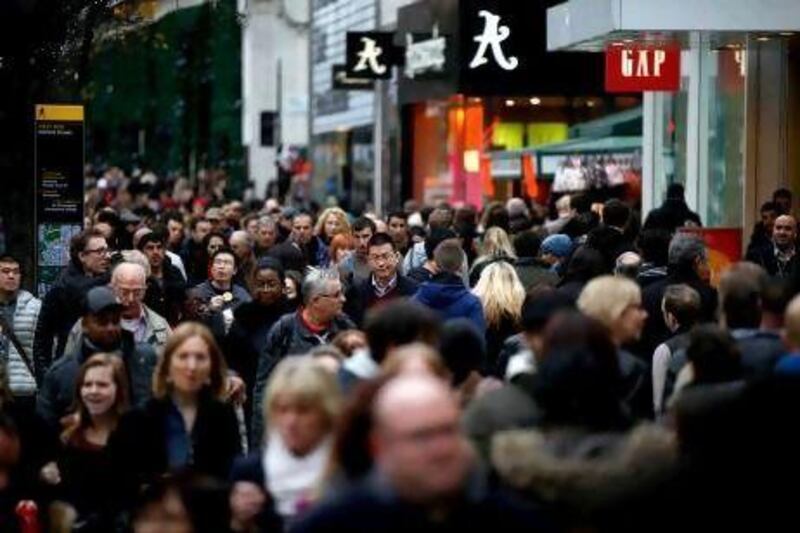The fashion industry - as with many creative fields - is one that has made a virtue of being governed by an elite. At the top of the pyramid are the designers - such people as Karl Lagerfeld, Vivienne Westwood and Tom Ford - who cultivate new trends, shape the season's look and transmit their products to a grateful and awed public. The fashion industry tells us that this is the way it should work, because designers have special, mysterious qualities such as taste, inspiration and creativity, and we do not.
In other words, designer fashion has traditionally worked on a top-down model. The thing with top-down models, though, is that across the board, from politics to music, they are dying. Deep-running changes in the culture mean that so-called ordinary people are increasingly distrustful of elites: instead, we want our own voices to be heard.
Now, a spate of fashion start-ups are hoping to tap into this trend. Take the NYC-based Cut on Your Bias (www.cutonyourbias.com), from the former fashion designer Louis Monoyudis. Here, high-end fashion designers submit sketches; users can then customise these designs by choosing their preferred cuts, fabrics and colours. Customised designs are put to a public vote, and at the end of each week the most popular designs become available as limited editions through the site. Industry-watchers are calling it "crowdsourced fashion".
A host of other fashion-minded sites are offering something similar. Velvet Brigade (www.velvetbrigade.tumblr.com), based in San Francisco, develops its product lines by getting young designers to submit ideas for users to vote on. The new label's co-founders Lindsay McConnon and Jena Wang talk about "democratising fashion" by unleashing the creative power of consumers.
Meanwhile the Danish start-up MUUSE (www.muuse.com) hosts designs from the world's top fashion schools and asks users to choose which designs should be made and sold.
Two changes are driving the trend for crowdsourced fashion. First, of course, there's the online technology that makes it possible to aggregate and visualise the preferences of many consumers. Second is the continuing cultural shift away from the idea that small groups of special people - special because they are more talented, or refined, or intelligent - should shape what the rest of us do, think, and buy. That idea is being replaced by one that says that all of us are capable of meaningful creation: and this means consumers with a thirst for products they have shaped themselves, according to their own creative vision.
It's not only fashion brands that are seeking to tap this mindset in order to build a new kind of relationship with consumers.
Volkswagen's recent People's Car Project in China set out to crowdsource ideas for new car designs. After 33 million website hits and 119,000 submitted ideas, a design for a hover car was one of three finalists. Of course, even German engineers can't make cars that fly (yet). But VW turned the idea into a viral video that's currently nudging 1.2 million views on YouTube, helping to position it as a tuned-in manufacturer working with customers to drive innovation.
Expect more brands to try similar experiments in the coming year. Will a crowdsourced world be more beautiful, and more functional, than one designed by experts? We're about to find out.





